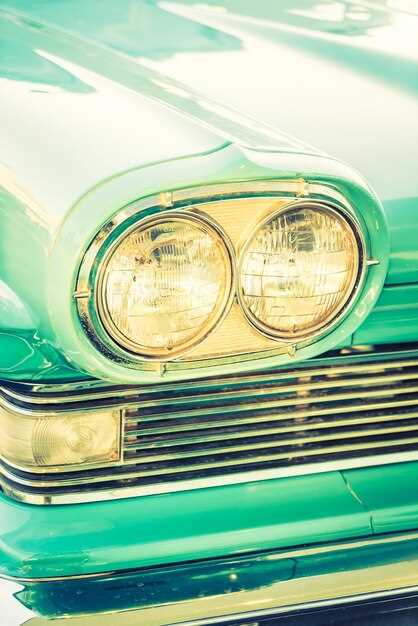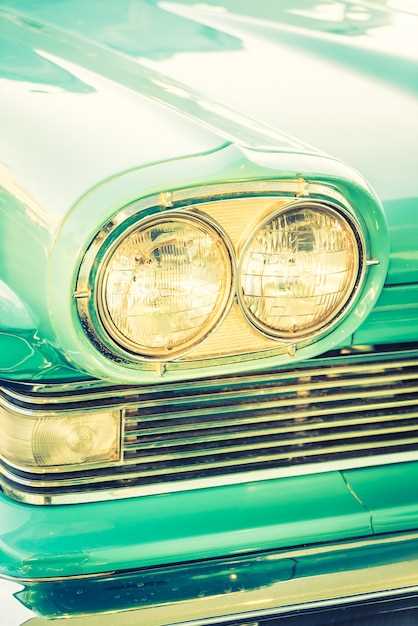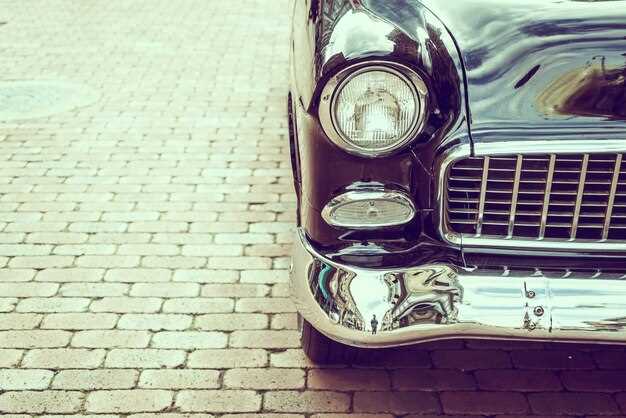
For classic car enthusiasts, the 1970s marked a pivotal era in automotive history, defined by the raw power and distinctive design of muscle cars. These vehicles not only represent a celebration of American engineering but also offer incredible value for those looking to own a piece of history. In today’s market, numerous classic muscle cars from this golden decade can be acquired without breaking the bank, especially when considering options priced under $50,000.
Finding an affordable muscle car from the 1970s does not mean compromising on quality or style. From iconic models that roar with power to lesser-known gems that boast unique features, there’s a wide array of choices available for both seasoned collectors and new aficionados. The affordability of these classic vehicles makes them not only accessible but also a wise investment in the world of collectible automobiles.
This article aims to explore the top muscle cars from the 1970s that can be found for under $50,000, highlighting their distinct characteristics, historical significance, and why they continue to captivate the hearts of car lovers. Whether you’re looking to cruise down the highway or display your prized possession at car shows, these muscle cars embody the essence of freedom and exhilaration that defined an era.
Identifying Affordable 70s Muscle Cars with Great Value

Finding affordable 70s muscle cars that offer great value requires a keen eye and an understanding of market trends. The 1970s was a pivotal decade for muscle cars, characterized by powerful engines, striking designs, and varying levels of performance. While some models command high prices due to their rarity or iconic status, many others remain accessible for classic car enthusiasts on a budget.
First, consider models that are often overlooked yet provide substantial performance and style. Cars like the Pontiac Firebird, Dodge Challenger, and Chevrolet Nova are frequently available at lower price points compared to their more famous counterparts. These vehicles offer a compelling blend of muscular performance and classic aesthetics, making them smart choices for collectors and enthusiasts alike.
Additionally, researching specific trims can be beneficial. For example, base models or those without extra features typically sell for less than their high-performance variants. Focus on vehicles with solid mechanical condition rather than perfection in exterior and interior aesthetics, as this can often lead to better deals. Many muscle cars can be restored over time, so considering a vehicle that needs minor repairs might yield significant long-term value.
Another critical aspect to evaluate is the availability of parts and resources for maintenance. Models like the Ford Mustang and Chevrolet Camaro have extensive aftermarket support, which makes it easier and more affordable to keep them running smoothly. Choosing a muscle car with readily available parts can significantly reduce ownership costs over time.
Finally, joining enthusiast clubs or online communities is a valuable strategy for finding lesser-known deals and gaining insights on the best models for investment. Members often share leads on affordable muscle cars in good condition or offer advice on restoration projects, which can enhance the overall ownership experience.
Tips for Finding the Best Deals on Classic Muscle Cars

When searching for affordable classic muscle cars, it’s essential to focus on specific strategies that enhance your chances of finding a vehicle with great value. Start by researching the market thoroughly to understand the average prices of the models you are interested in. Websites, forums, and social media groups dedicated to classic cars can provide insights into current trends and pricing.
Networking with fellow enthusiasts can also lead to potential deals. Engaging with local car clubs or attending classic car shows allows you to connect with owners who may be looking to sell. Often, these private sellers offer better prices than dealerships, leading you to find a more affordable option.
Consider expanding your search radius. While local options might be convenient, exploring listings from different regions might unearth better deals. Online auction sites and classified ads can expose you to a wide variety of vehicles, increasing your chances of finding one that fits your budget and specifications.
Be prepared to act quickly when you find a good deal. Classic muscle cars are in high demand, and the best offers can disappear fast. Having your finances organized and knowing what you are willing to pay will help you seize opportunities when they arise.
Lastly, always look for cars that have been well-maintained but may need minor cosmetic repairs. These vehicles often come at a lower price, yet they hold value and can be restored without massive investments, making them an excellent choice for value-seeking buyers.
Classic Maintenance and Restoration Considerations for 70s Muscle Cars
Maintaining and restoring 70s muscle cars can be a rewarding experience for classic car enthusiasts. These vehicles, celebrated for their powerful engines and bold aesthetics, require special attention to ensure longevity and performance. Key considerations involve understanding the unique components and the historical context of these models, making them both an affordable project and a chance to engage with automotive history.
One primary aspect of maintenance is the engine condition. Many 70s muscle cars feature high-performance engines that may need regular checks of oil levels, coolant, and overall engine integrity. It’s essential to use the right type of oil and to replace engine components like spark plugs and filters according to the manufacturer’s specifications. This approach ensures that the muscle under the hood remains responsive and reliable.
Another important factor is the suspension system. The performance of muscle cars heavily relies on their suspension for handling and ride quality. Regular inspections of shock absorbers, springs, and bushings can prevent costly repairs down the line. Upgrading these components can enhance driving experience while maintaining affordability.
Rust is a common issue seen in classic cars, especially those from the 70s. Regularly checking for rust spots and treating them promptly protects the vehicle’s integrity. It’s often more cost-effective to address rust early rather than waiting for larger repairs. This maintenance tip applies particularly to body panels and undercarriage areas that are commonly affected.
Original parts may be difficult to find, making aftermarket solutions an attractive option for restoration. While some purists prefer to use OEM parts to maintain authenticity, many affordable aftermarket parts are available, allowing for effective restorations without breaking the bank. It is crucial to ensure compatibility and quality when choosing replacement components.
Finally, consider the interior finishes, which can often be overlooked. Maintaining upholstery and dashboard components not only enhances the car’s appearance but also contributes to its overall value. Regular cleaning and conditioning can prolong the life of these materials, ensuring that the interior matches the muscle exterior.
In summary, classic maintenance and restoration of 70s muscle cars involve understanding engine care, suspension quality, rust prevention, parts selection, and interior preservation. By focusing on these areas, enthusiasts can enjoy their affordable muscle cars for years to come, keeping the spirit of the 70s alive on the road.












